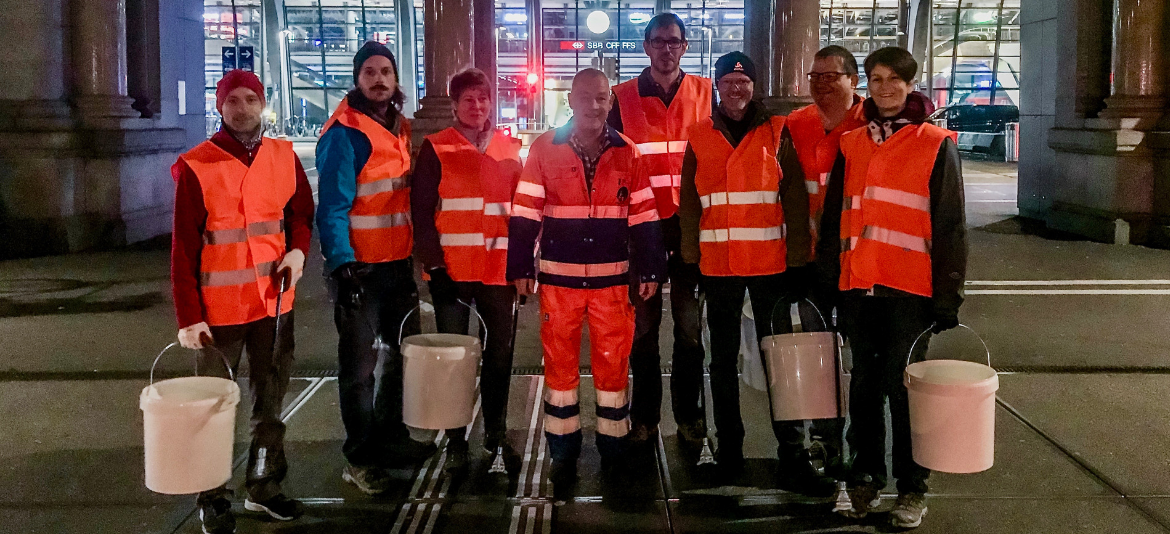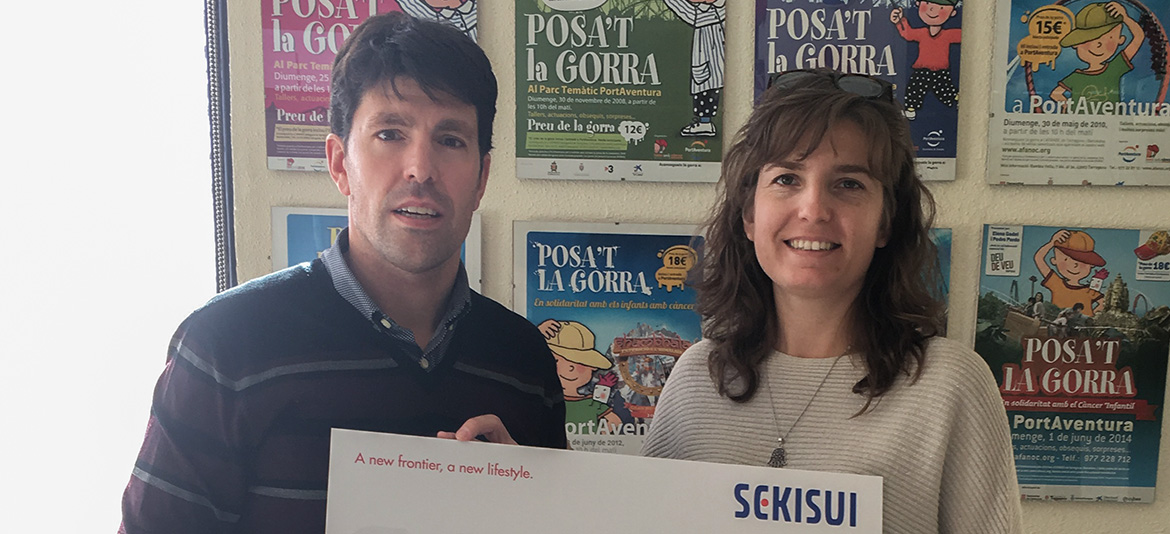For the sixth time, SEKISUI Alveo participated in the “Bike to work” challenge, a Swiss wide health promotion campaign to strengthen staff members team spirit and fitness.
Each year approximately 54,000 commuters takes part in the challenge and pedal to work. The project “Bike to work“, which is running from May to June, was initiated by the organisation Pro Velo Switzerland back in 2005. It has established itself as a simple and effective health promotion campaign for small and large companies alike. Its goal is to promote the bike as an ecological, energy-saving and healthy means of travel.
Functionality of “Bike to work” challenge
The staff of the company form teams of 4 and travel to work by bike as often as possible. They can record their kilometres covered in an online portal. Those who have biked to work at least 50 % of their workdays take part in the raffle for prizes worth a total of over CHF 110,000 (approx. 96000 EUR). Since 2009, SEKISUI Alveo has participated six times in the challenge. Organised by Pascal Meyer (Product Compliance Manager), the company built up 4 teams a 4 participants in 2017, which is nearly half the workforce at the headquarters of SEKISUI Alveo in Lucerne.

Biking to work for a better work-life balance and reduction of emissions
The benefits of physical activity for the workplace provides many reasons to be a part of the challenge. “Bicycling has many positive effects on the healthiness and fitness of people”, says Pascal. More physical activity is proven to lower sickness rates. People can get rid of stress hormones and find the right balance between stress and relaxation. Besides these physical and psychological factors, going to work by bike also saves money e.g for tickets, petrol, parking etc. and saves time, as people can drive around the cars in the rush hour.
From an environmental point of view, the reduction of CO2 emissions is immense. Going to work by bike avoid producing CO2- and fine particle emissions. In 2017, the participants of the “Bike to work” challenge travelled over 12 million kilometres and avoided producing 1,828 tonnes of CO2. “The participation in the ‘Bike to work’ challenge arouses awareness to think about, how much CO2 emissions are emitted day by day and what can be avoided with relative simple means”, so Pascal.
Results of the SEKISUI Alveo teams
The overall figures are quite impressive: The 16 participants of SEKISUI Alveo covered 4331 km on 412 bike days with an CO2 equivalence of 624 kg. These are on average 8-10 km a day. The participation in the challenge also had positive impact on other employees. Some co-workers were also motivated to come to work by bike even so they didn’t participate in the official challenge e. g. one employee pedalled from Zurich to Lucerne, which is a distance of over 100 km.




